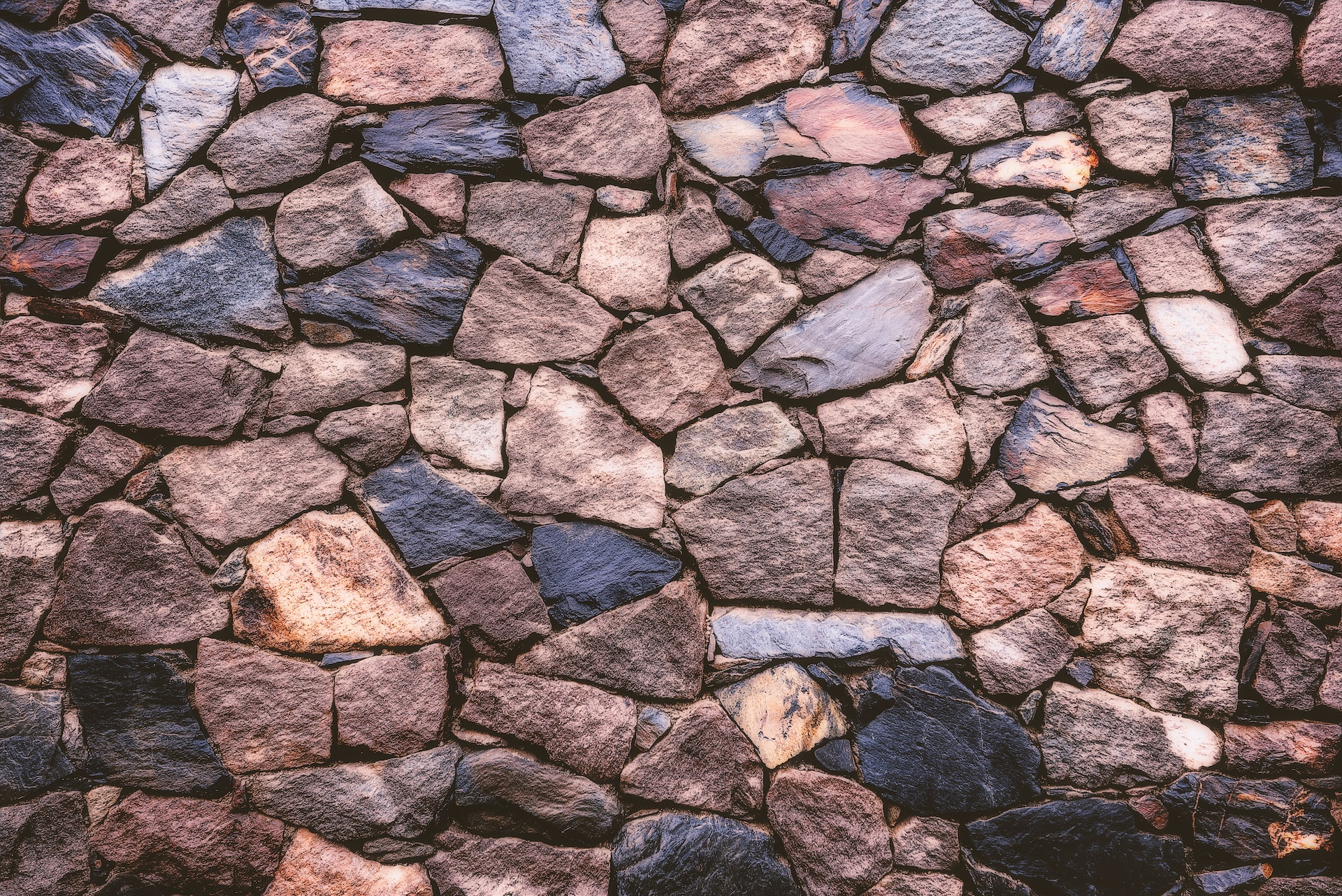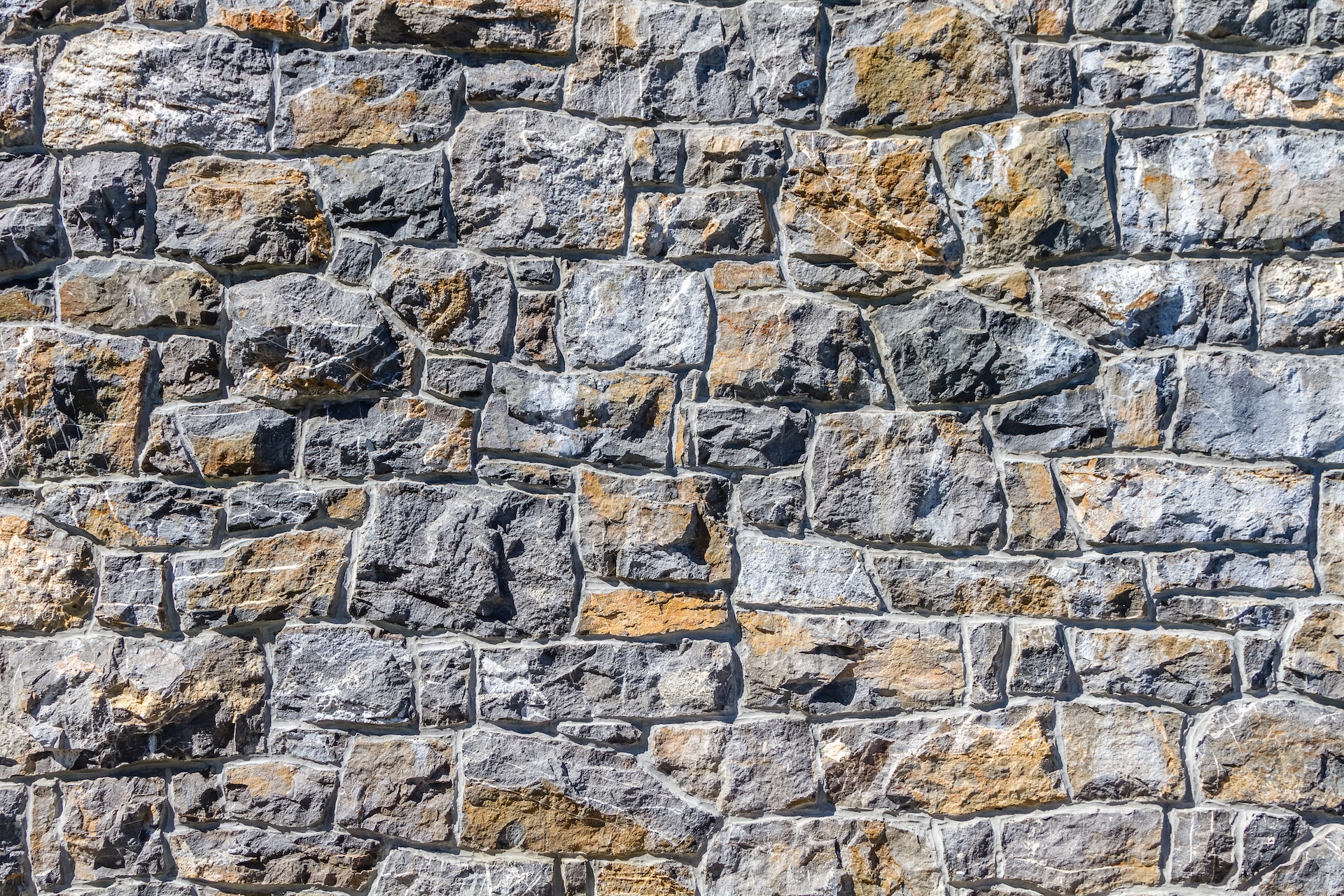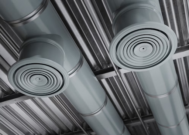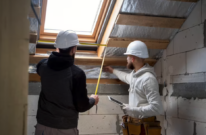Stone Veneer Buyers Guide for 2023


Max Shafer
Max Shafer, a distinguished BPA Advisor specializing in Roofing & Exterior Finishes, is passionate about sharing his extensive knowledge and expertise. Max's impactful work as a writer is prominently featured throughout Building Product Advisor. With a specific focus on roofing and exterior finishes, Max contributes valuable insights that shape discussions on cutting-edge construction practices and materials in these crucial areas.
If you're looking for a stone veneer buyer's guide, then look no further than here! While stone and brick have been used for centuries to create beautiful homes that withstand the test of time, these can be expensive. On top of that, a skilled mason needs to be present for the installation. If you want the appearance of traditional masonry, all without the challenges (especially if you're on a tight budget), then look no further!
From beautiful kitchen backsplashes to extensive coverage surrounding your home, the stone veneer can get it done for a fraction of the price! Before you jump into transforming your home, it's vital to get an idea of the ins and outs that stone veneer provides. So let's jump in!
What Is Stone Veneer?

Whether you want to transform the outside of your house, or even if you want something unique for your indoors, such as an exposed wall or a stone kitchen backsplash, stone veneer can do this. So what exactly is a stone veneer? Stone veneer is a synthetic material used for bundling. It's becoming increasingly popular and popping up everywhere. Both professional installers are using this, and it's easy enough to use that people can DIY their home with it too. Stone veneer is fairly easy in terms of maintenance, and you can expect this to come in an array of different design schemes such as colors, shapes, and sizes too.
Benefits of Stone Veneer
As mentioned above, stone veneer is getting very popular, especially for residential applications. Thanks to the advancements in technology, unless you're a professional stone mason, you're not going to be able to tell the difference between a veneer and the real deal. As long as you stick to high-quality brands, you're going to find that it looks realistic.
So, what are some of the pros and cons when it comes to stone veneer? Why should customers pick this cheaper alternative when they could instead get masonry work? While there are some minor disadvantages or stone veneer, you're going to be pleased to see that the pros significantly outweigh the cons!
Pros:
- Aesthetically pleasing for homes
- Durability
- Easy cleaning and low maintenance
- Large array of design options
- Potential to help increase property value
- Perfect for providing insulation
Cons:
- Cost: While this is not nearly as expensive as real stone, it can still be a bit pricey. It's all going to depend on the brand that you choose.
- Installation challenges: While you can technically DIY this if you choose to, many buyers have commented on the challenges they face installing it. So unless you're well-versed in home improvement projects, it may be best to hire a contractor.
- Environmental impact: Just as there are environmental impact questions when it comes to masonry, it's honestly the same with stone veneer too. Depending on the manufacturer and how they're doing stone extraction, there may be carbon emissions. On top of that, there's the treatment and delivery that may not be considered very eco-friendly either.
Interior and Exterior Use
A lot of stone veneers are perfectly suitable for both interior and exterior use. Regardless of which environment they're going to be placed in, it's just going to add a lot of texture and character to the space. In the end, it's going to be the manufacturer that states whether or not their stone veneer is suitable for indoors or outdoors. So you're going to want to make sure you look closely into this so it can be your project needs. But in terms of interior and exterior, what can you use stone veneer for?
Interior
Bringing a gorgeous addition into the home, you just can't go wrong with having this installed! Stone veneer can easily be installed on various substrates such as existing masonry, concrete, drywall, plywood, cement board, and so much more. Even cleaning is a breeze since all you need is mild soap, water, and a cloth for wiping. Let's take a look at some of the examples that you can use stone veneer.
- Fireplace surrounds
- Accent walls
- Kitchen backsplashes & islands
- Bathroom feature walls
- Interior columns or pillars
- Wine cellars
Exterior
Just as it can make any interior space look marvelous, stone veneer has a way of doing the same outside too. There is a bit of work that needs to go into it; for instance, you're going to need to keep an eye on those architectural details that your house has. Whether it's ledges, window sills, door trim, or anything else, there needs to be proper flashing before installation. There are plenty of examples that can be used for your home's exterior; this can include:
- Siding
- Stone veneer fireplace & kitchens
- Garden and landscape features
- Mailbox surrounds
- Pool surrounds
- Accent walls for porches and decks
Manufactured vs. Real Stone Veneer
Is there a difference between manufactured and real stone veneer? There's a wide selection available in various materials. There are two categories when it comes to stone veneer; manufactured stone and real stone veneer. When it comes to both of these materials, they provide gorgeous results and fantastic benefits. But there are some differences that you can expect between the two.
Real stone veneer
This features a thin cut of the stone, which is then assembled into panels that are easy to install. Plus, it weighs less than traditional intact stones, and it's cheaper than manufactured stone veneer. It's usually under 15 pounds per square foot. It can hold its own weight, but it's not able to hold any additional weight. In terms of resale values for homes, you can expect a 96% return on investment when you have real stone veneer installed.
Manufactured stone veneer
Emulating the beauty of natural stones but with lighter-weight material, you're going to find that manufactured stone veneer gets the job done. A lot of manufacturers cast their veneers from special molds that are made of real stone. This helps in creating a more authentic appearance and texture that's reminiscent of natural stone but all made with man-made materials. This is fairly inexpensive, and it's known for being DIY-friendly.
Plus, it's considered to have more predictability than real stone veneer too. How is it predictable? Well, manufactured veneer comes in sizes that are easy to cut, hang, and carry. You can essentially expect quick installation, unlike real stone veneer, which is going to take slightly longer. In terms of resale value, most homeowners can expect to get back 90% back.
So, which one should you choose? While in the end, it's going to be up to you, but if you're looking into a DIY project, then manufactured stone veneer could be the best option. But if you want something that adds a lot of value to your home, then the real stone veneer is your answer.
Types of Stone Veneer
When it comes to stone veneer, they're not all created equally. They each offer their own unique benefits. So let's check out these three different types and see what they have to offer!
Mortar Applied Stone Veneer
Unlike dry stacking, mortar stone is far less expensive in terms of installation. This can add a dramatic accent to your space, plus it's able to help reduce moisture in your space too.
Mortarless Stone Veneer
This is a faux stone that doesn't require any mortar whatsoever. So there is no need for mixing, grouting, metal lath, masonry, or tools, and you can basically count on the installation process to be fairly seamless. The stones are dry and stacked tightly, so no grouting will be needed. This is something that works far better indoors rather than outdoors, and it's mostly used for spaces such as entryways, accent walls, and even fireplaces. It helps out with creating that popular modern farmhouse look.
Brick Veneer
When it comes to brick veneer, this is available for both mortar and mortarless. It's ideal for indoor and outdoor projects, and a lot of homeowners opt for this as a DIY project when renovating. Just like stone veneer, brick veneer also adds a lot of character, and it can be used for both the interior and exterior.
Installation Process
While it's strongly recommended to have a professional installer handle the installation process, if you're handling something such as manufactured stone veneer, then the installation process can be considered more DIY-friendly. Here is everything you're going to need to know about the installation of stone veneers for your space.
- Preparing the Surface: Unless you're dealing with mortarless veneer, you'll need to start by preparing the service for application and mixing the mortar per the manufacturer's instruction. You're going to want to keep in mind that the humidity and weather are going to impact the mortar.
- Applying the Mortar: Once you've been able to get the mortar to its needed consistency, you can start with the application. Be sure to spread it out thinly on the surface. You'll want to afterward apply pressure to the mixture as this is going to help secure the bond.
- Setting the Stone Veneer: Ensure that every piece of the veneer is lined up properly.
- Grouting the Joints: This should only be done once all the stones are installed. You'll need to take your time in order to do this sufficiently.
- Sealing and Finishing: Your veneer could risk breaking, cracking, or losing color. But if your stone veneer is installed inside, then this isn't necessary, but it is needed if you're putting this outside or in an area with high moisture.
FAQ
If you're a homeowner, then there is a pretty high chance that you want to make sure that stone veneer is the best decision for your home. Take a look at some of the most common questions that other homeowners like yourself have asked about stone veneers.
Does stone veneer increase home value?
Yes, stone veneer can certainly increase your property value! This is one of the best ways to get a high return on your property.
How to estimate the required stone veneer amount?
It's best to either calculate the total surface area of your wall (or the area you plan to install it) and then subtract the square footage of where all the openings occur, such as the doors and windows. This is going to help you get a solid idea of the square footage you'll need when using stone veneer for your project.
What surfaces can stone veneer be installed on?
As long as the surface is unpainted, not concrete blocks, cleaned up, and don't feature unsealed bricks, then stone veneer can be installed on it.
Is Stone Veneer Siding Right for You?
That rustic yet traditional appearance that real stone brings just can't be beaten. It's dreamy and luxurious, and it doesn't have to break the bank either. If you want to install stone veneer in or around your home, it's certainly possible, and you can do it for a fraction of the time and price that a stone mason could do it. Stone veneer opens a whirlwind of opportunities for many homeowners. So is this the perfect option for your upcoming home project?
Get Smarter About Building Products
Join 50,000+ subscribers and get our 3 min daily newsletter on what matters in the building materials industry.
You might like this


Solving Ventilation Challenges: Metal Deck Profiles and Back Draft Dampers as Key Solutions
When it comes to building design and construction, ventilation is a critical factor that often presents significant challenges. Proper ventilation is essential for maintaining indoor air quality, controlling temperature, and ensuring occupant comfort and safety. In this article, we will explore how metal deck profiles and back draft dampers are key solutions for addressing ventilation […]


The Ultimate Guide to Home Insulation
When it comes to creating a comfortable and energy-efficient home, insulation plays a pivotal role. Proper insulation helps regulate indoor temperatures, reduces energy consumption, and enhances overall comfort. In this comprehensive guide, we’ll explore various aspects of home insulation, including the best types of insulation for different areas of your home and key considerations for […]


The Best Hidden Deck Fasteners: Concealed Elegance and Lasting Stability
Decks, those quintessential outdoor havens, serve as extensions of our living spaces, inviting us to bask in the open air. But what if we could take this experience to the next level? Enter concealed deck fasteners, the unsung heroes that elevate your deck’s appearance and structural integrity, all while keeping their existence a secret. In […]